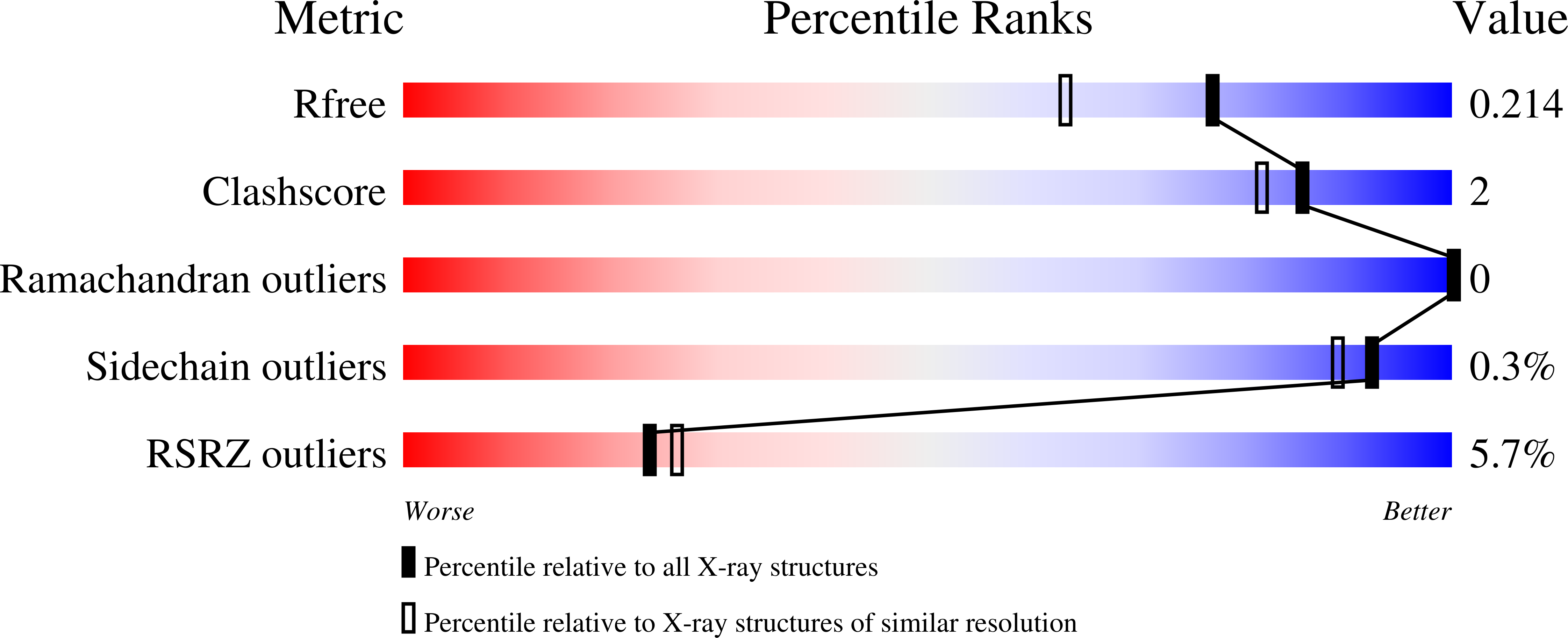
Deposition Date
2021-06-05
Release Date
2021-07-21
Last Version Date
2024-10-23
Entry Detail
PDB ID:
7ORF
Keywords:
Title:
Crystal structure of JNK3 in complex with FMU-001-367 (compound 1)
Biological Source:
Source Organism:
Homo sapiens (Taxon ID: 9606)
Host Organism:
Method Details:
Experimental Method:
Resolution:
1.70 Å
R-Value Free:
0.20
R-Value Work:
0.16
R-Value Observed:
0.16
Space Group:
P 21 21 21


